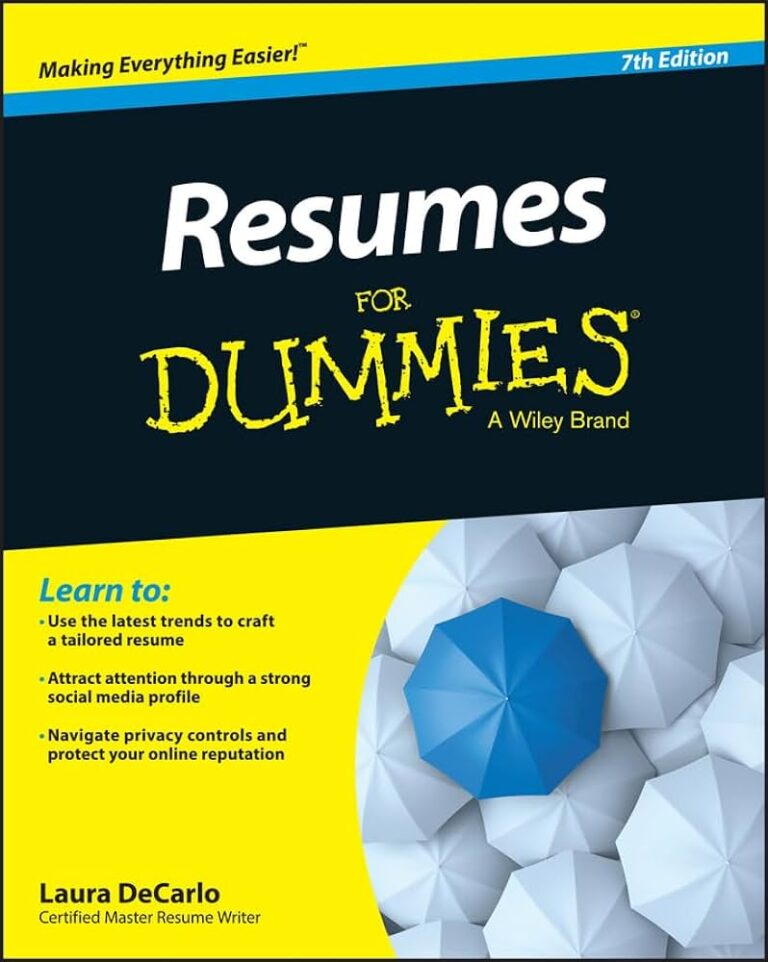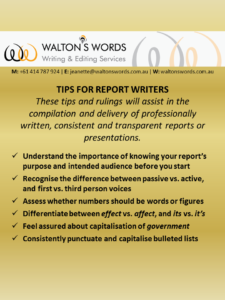
While a visually-creative resume (i.e. a format that enriches the content) may look appealing, it’s essential to remember that most recruiters now use ATS or applicant tracking systems. If you’re submitting your resume (and cover letter) to various recruiters over the internet, there’s a strong likelihood you’re not making it past the initial electronic filtering stage if you haven’t allowed for ATS.
Fancy formatting could be futile if an applicant tracking system completely discounts and/or mashes up the creative resume version. Investing the time and/or money in a professionally written, appropriately-structured resume is going to be beneficial for most job applications.
“True optimization is the revolutionary contribution of modern research to decision processes.” (George Dantzig, American Mathematician)
Recruiters are sorting the gold from the gravel: Many agency and in-house recruiters now use applicant tracking systems to speed up the assessment process. This is why all job applicants should factor in ATS optimisation when drafting up resumes and other career documentation (probably even for submission via email).
When in doubt, leave it out: In addition to allowing for applicant tracking systems, your resume and cover letter should also factor in the wide range of ATS versions. For example, some of the recruitment software may be able to translate Word tables into readable content, but some may not. If in doubt, leave it out. Why risk a format choice that decreases your recruitment odds?
Consider the search criteria: Does the job ad use the industry abbreviations you perceive as common? Is the role situated in another city, and you’re intending to explain your willingness to relocate? It’s worth contemplating any ATS search definitions that could be used to filter out, for example, those living outside of the employer’s region and/or those that haven’t used similar industry terminology.
Also factor in keyword optimisation: Keyword optimisation is often a core component of ATS alignment. If your resume and cover letter content aren’t matching some of the key terms from the job ad – often listed in search criteria – then it’s unlikely your application is going to be seen by human recruitment eyes.
Keep it tidy all the same: Even though less is often better in an ATS-formatted resume and cover letter, still allow for the ‘human factor’ once your job application has passed the first electronic stage. A plainer resume does not excuse sloppy formatting – make it easy for the human recruiter to navigate and evaluate your professional offerings.
Consideration of ATS is an essential element in most job applications, particularly when submitting online. Walton’s Words has written and produced a wide variety of career advancement documentation that accommodates applicant tracking systems. Give us a call or drop us a line if you’d like to discuss your job application further.



